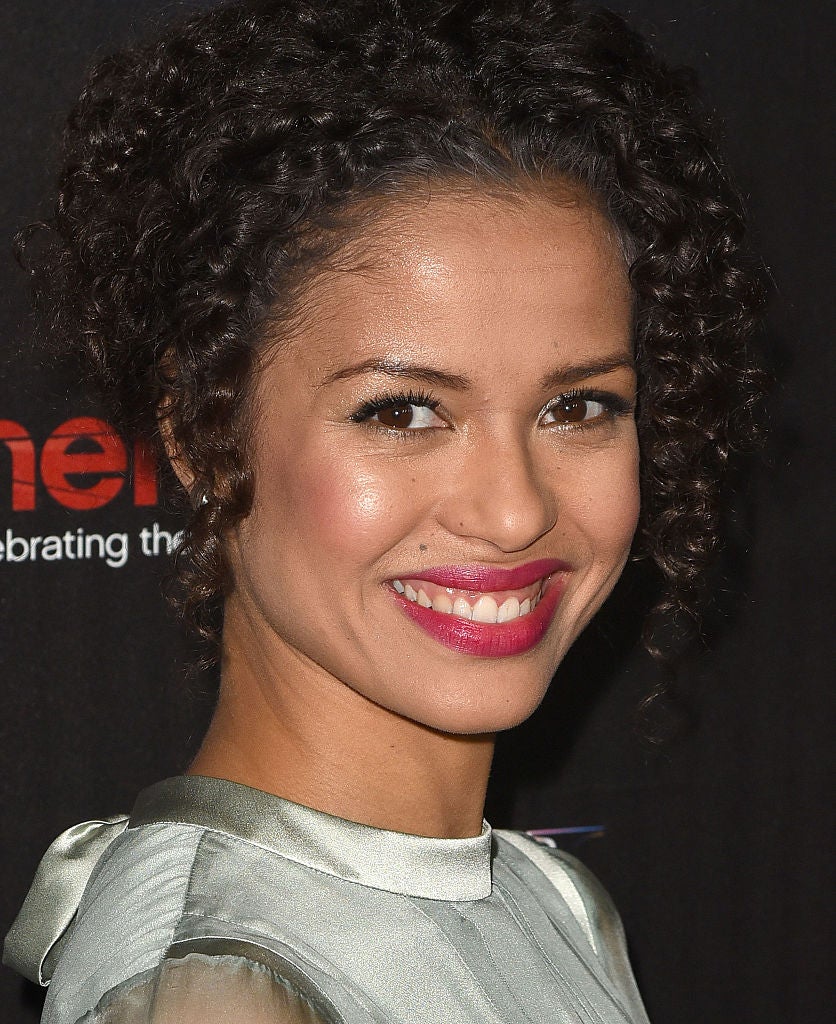
This story originally appeared on InStyle.com.
It’s time to step away from the flat iron and let your curls take center stage. From corkscrews to beachy waves, no two curls are alike so each curl pattern requires its own set of maintenance and styling rules. But before you can let your curls spring into the spotlight, you need to figure out what type of curl you actually have.
Since curls are rarely uniform, it can be hard to clearly determine what type you’re rocking. “Curly hair comes in so many different varieties. From wavy to tight, and everything in between, curl patterns can be completely consistent throughout the head, however for most curly hair people, it tends to be inconsistent more often than not,” explains celebrity hairstylist Matthew Monzon. Another important fact to consider: It isn’t always the actual curl shape that determines your curl pattern, but also the thickness of your hair and how much space is between each curl’s curves.
‘Birth of A Nation’ Star Aja Naomi King Shares the Beauty Product That Changed Her Life
That being said, once you do finally have the “a-ha” moment, you’re guaranteed to have good curl days from here on out. “Each curl pattern requires a different menu of needs, and the right cut for the right curl can make a world of difference,” says Pantene celebrity hairstylist Chuck Amos. “Getting to know and understand your hair, means you can then learn what tools, products, application, drying and styling techniques are going to work the best for you,” adds celebrity hairstylist Vernon François who works with Lupita Nyong’o, and recently launched his own line of products for natural hair. “It’s only by treating your curls in the right way, for their type, that you’ll get the very best out of them.” To find out what your curl pattern is once-and-for-all, keep reading for the stylists’ pro-tips.
Tight Curls
“If there is hardly any space between the curves of the curls and if they feel super springy, (like the slinky toy), then you have tight curls,” says Amos. “When it comes to managing this type of tight curl, you need to add lots of moisture, especially to the ends where nutrients are depleted most.”
“Usually this hair type is quite fragile because it tends to have fewer cuticle layers on the outside of its length,” explains François. “What that means, is that it can sometimes break fairly easily.” To prevent breakage, the pro recommends drying hair carefully by patting and squeezing it with an old cotton t-shirt, or even better: a microfiber towel. “A traditional bath towel can tend to pull on strands and strip hair of moisture,” he says. He also suggest using your fingers to detangle strands instead of using a comb as another way to reduce breakage.
WANT MORE FROM ESSENCE? Subscribe to our daily newsletter for the latest in hair, beauty, style and celebrity news.
Spiral Curls
Looser than tight curls, these corkscrews tend to be extra bouncy. “It’s pretty easy to determine if you have spiral curls, because you actually see a spiral. The circumference of the curl and the space between the curves of the curl are pretty similar, making it easy to spot,” explains Amos.
If you have this curl pattern, Amos says to consider the world as your platter in terms of haircuts. “I suggest playing with ‘shapes,’ and having fun with your spiral curls. Just make sure that your curls (any pattern) are cut with scissors and not a razor. Razor blades slice curls, leaving ends weak, split and frizzy, within days of the cut.
Whether you have corkscrews, tight curls, or waves, François recommends your stylist cutting your hair dry. “It makes sense [to cut curls dry], because you can immediately see the effect of the finished result, taking into account ‘shrinkage’ or how much the curl of the hair will spring up so there are no unexpected surprises for the client,” he says.
Wavy Hair
Wavy hair doesn’t always mean your hair forms perfect waves. “It [wavy hair] means that the spaces between the curves of your curls (or waves, for that matter) are further between each other,” explains Amos. “It can go from your average loose spiral curl, to an indigenous wave look.”
The curves of this texture can also look like the letter “S” in various sizes. “Wavy hair tends to look more like a ‘S’ pattern that continues from root to end. “How much of an ‘S’ there is can vary, from being not far off straight; to a definite wave, or a visible ‘S’,” François says.
According to François, this curl type can tend to expose split ends and may lack volume, along with being prone to frizz. He recommends putting hair in a two-section twist before going to bed to prevent frizz and damage from hair rubbing on your pillowcases.